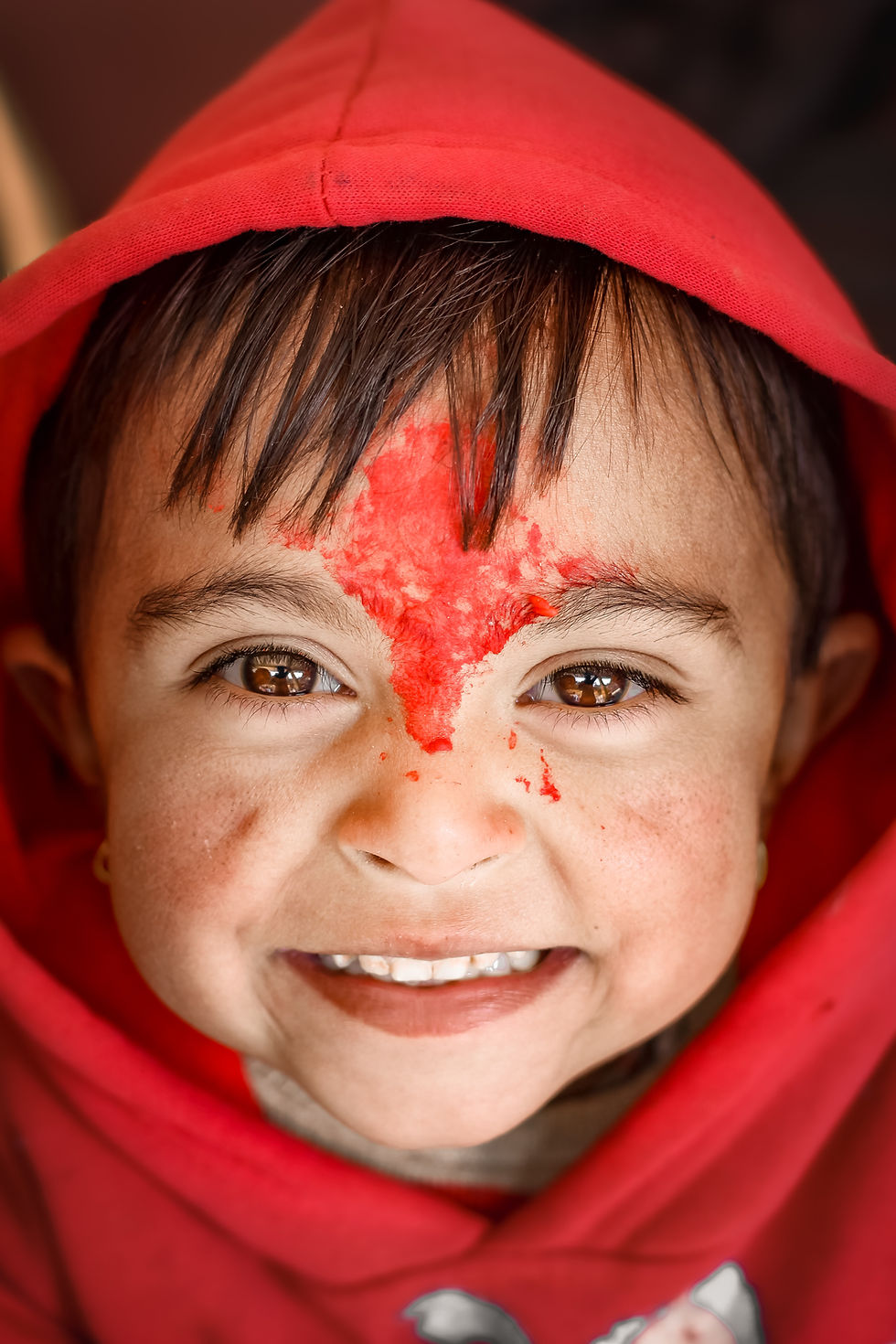Deciphering Children's Art: A Multifaceted Approach
- Koby Avraham (MA)

- May 4, 2024
- 3 min read

Deciphering Children's Art: A Multifaceted Approach
As parents, welfare workers, educators, and social workers, we often find ourselves intrigued, sometimes puzzled, by the drawings our children bring home from school or express during therapy sessions. These seemingly simple sketches can offer profound insights into a child's thoughts, emotions, and developmental journey. Understanding and interpreting children's drawings requires a collaborative effort among various professionals who specialize in child development, psychology, and art therapy.
Child Art Therapist: Child art therapists play a crucial role in helping children express themselves through art. They are trained in both psychology and art therapy techniques, using creative interventions to facilitate communication and healing. Through a combination of play, art-making, and verbal dialogue, child art therapists create a safe space for children to explore their feelings and experiences. When deciphering children's drawings, they consider not only the visual elements but also the context in which the artwork was created.
Child Drawing Analysis: Child drawing analysis involves examining the content, style, and symbolism present in a child's artwork. Each stroke of the crayon or brushstroke can convey a wealth of information about a child's cognitive development, emotional state, and interpersonal relationships. Child drawing analysts utilize their expertise in child psychology and art interpretation to uncover hidden meanings and patterns within the drawings.
Child Psychology Drawing Interpretation: Drawing interpretation from a psychological perspective delves into the subconscious mind of the child. It involves understanding the underlying motivations, conflicts, and aspirations that may be reflected in the artwork. Child psychologists trained in drawing interpretation use a range of theoretical frameworks, such as psychoanalytic theory or cognitive-behavioral theory, to make sense of the imagery presented by the child.
Decoding Children's Drawings: Decoding children's drawings requires a nuanced understanding of symbolic representation and developmental psychology. What may appear as a simple doodle to the untrained eye could hold significant meaning for the child. Child drawing decoders carefully analyze the visual elements, colors, shapes, and spatial arrangements within the artwork to uncover its deeper significance.
Child Art Interpretation: Child art interpretation involves appreciating the artistic expression and creativity of the child. Rather than focusing solely on the psychological aspects, child art interpreters celebrate the child's unique perspective and imaginative world. They recognize the value of self-expression through art as a means of fostering self-esteem and resilience in children.
Child Drawing Symbols Meaning: Symbols play a prominent role in children's drawings, often serving as a bridge between the conscious and unconscious mind. Common symbols such as houses, trees, and animals can carry personal significance for the child, representing family members, feelings, or experiences. Child drawing symbol analysts interpret these symbols within the context of the child's life and developmental stage.
Understanding Children's Drawings: Understanding children's drawings requires sensitivity, empathy, and cultural awareness. Each child communicates differently through art, influenced by factors such as age, gender, culture, and life experiences. Professionals involved in deciphering children's drawings strive to create a supportive environment where children feel validated and understood.
Child Drawing Expert: Child drawing experts bring together their expertise in child development, psychology, and art therapy to provide comprehensive assessments and interventions. They collaborate with parents, teachers, and other caregivers to gain a holistic understanding of the child's needs and strengths. Through careful observation and analysis, child drawing experts offer insights and recommendations for supporting the child's growth and well-being.
In conclusion, deciphering children's drawings is a collaborative endeavor that draws upon the expertise of child development specialists, art therapists, psychologists, and educators. By recognizing the importance of artistic expression in children's lives, we can gain valuable insights into their thoughts, feelings, and experiences. Through thoughtful interpretation and support, we can empower children to navigate their inner worlds and thrive in their journey of self-discovery.
This article was written by Koby Avraham (MA), a Social change with art, kids drawing analysis expert.








Comments